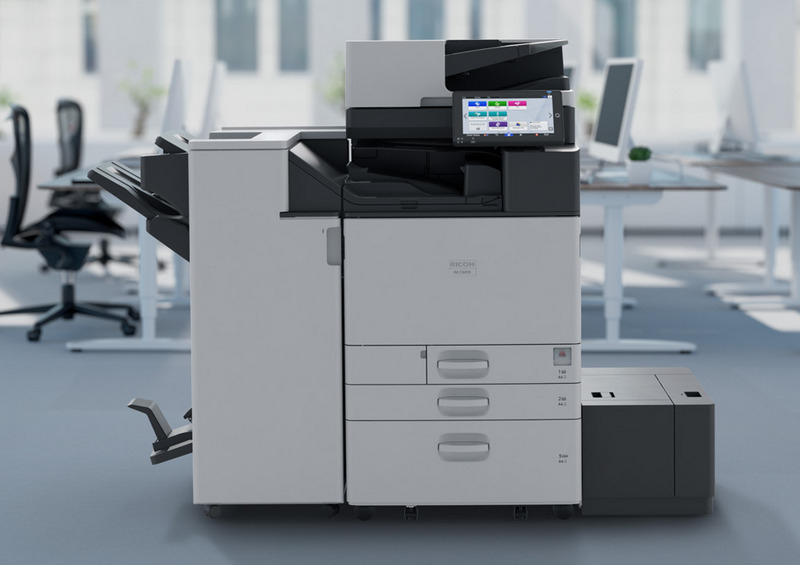The pandemic has spurred the move to paperless workflows even in the most conservative countries, so Japan’s Ricoh is facing reduced demand for document printing equipment in many markets. This forces it to cut about 2,000 employees worldwide, as well as find a place in the market in the context of digital transformation.

Image source: Ricoh
The bulk of the employees laid off by March next year will leave the staff of Ricoh divisions related to the production of office equipment, sales and maintenance of equipment. Ricoh had 79,544 employees as of March 2024, so the portion being cut would represent about 3% of its workforce. In Japan, 3% of the workforce will be reduced due to the early retirement of 1,000 people between October 1 and February 28. Globally, severance payments to furloughed employees will force Ricoh to spend about $112 million by the end of March next year. By 2026, the company will begin saving up to $64 million per year thanks to earlier staff reductions.
In July, Toshiba and Ricoh announced the creation of a joint venture, Etria, which will specialize in the development and production of office-grade document printing systems. The approximately 8,400 people being transferred from Ricoh to Etria will not be affected by the upcoming cuts. According to Japanese statistics, last year global shipments of copying and printing equipment decreased by 26% to 3.59 million units compared to the year before the pandemic in 2018. At the same time, Ricoh predicts an increase in its own net profit by 9% for the current fiscal year. The Company expects conditions in the office printing market to continue to deteriorate. Along the way, it will develop digital services and artificial intelligence, which will help to quickly abandon paper document management completely.
Rival Minolta is also planning to cut 2,400 jobs by March next year. The company is preparing to form a joint venture with Fujifilm, which will supply components for document printing systems.